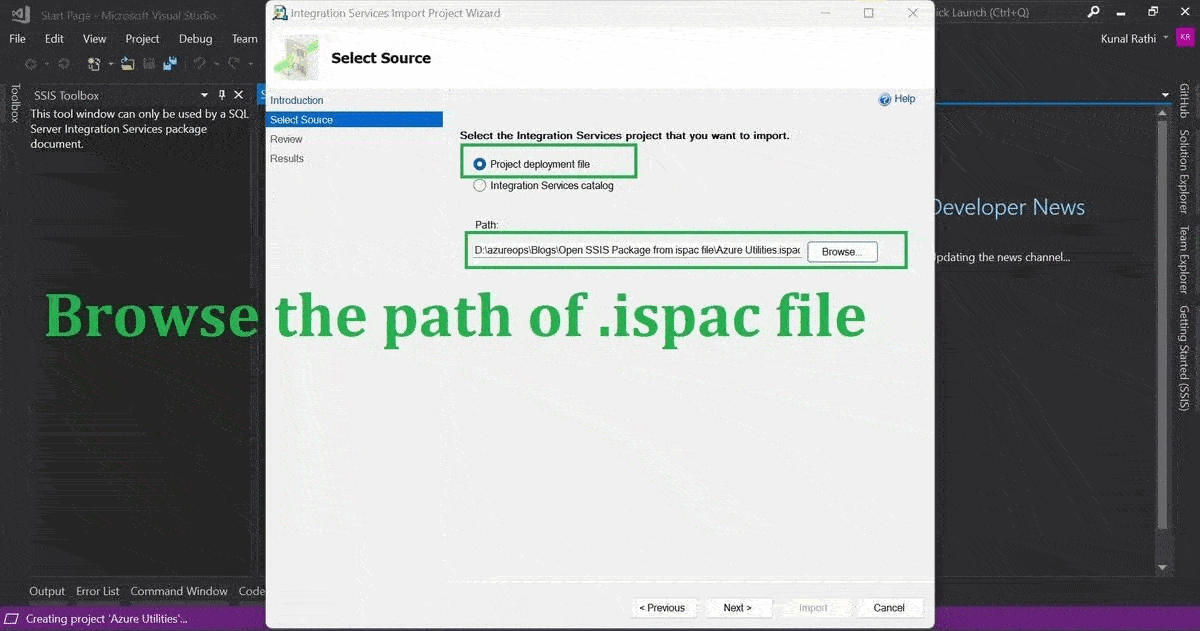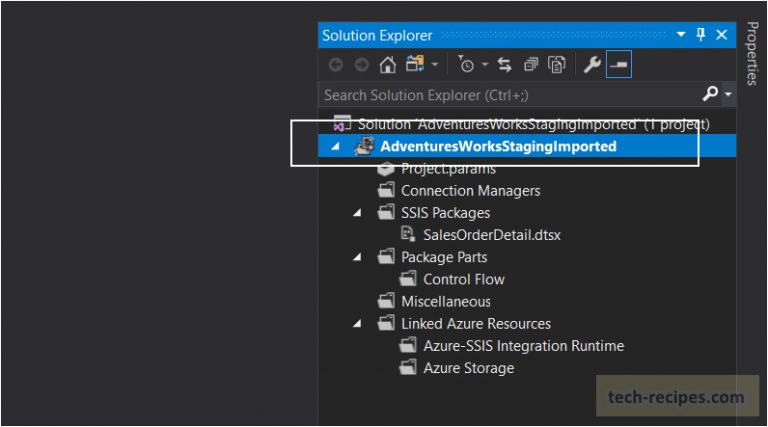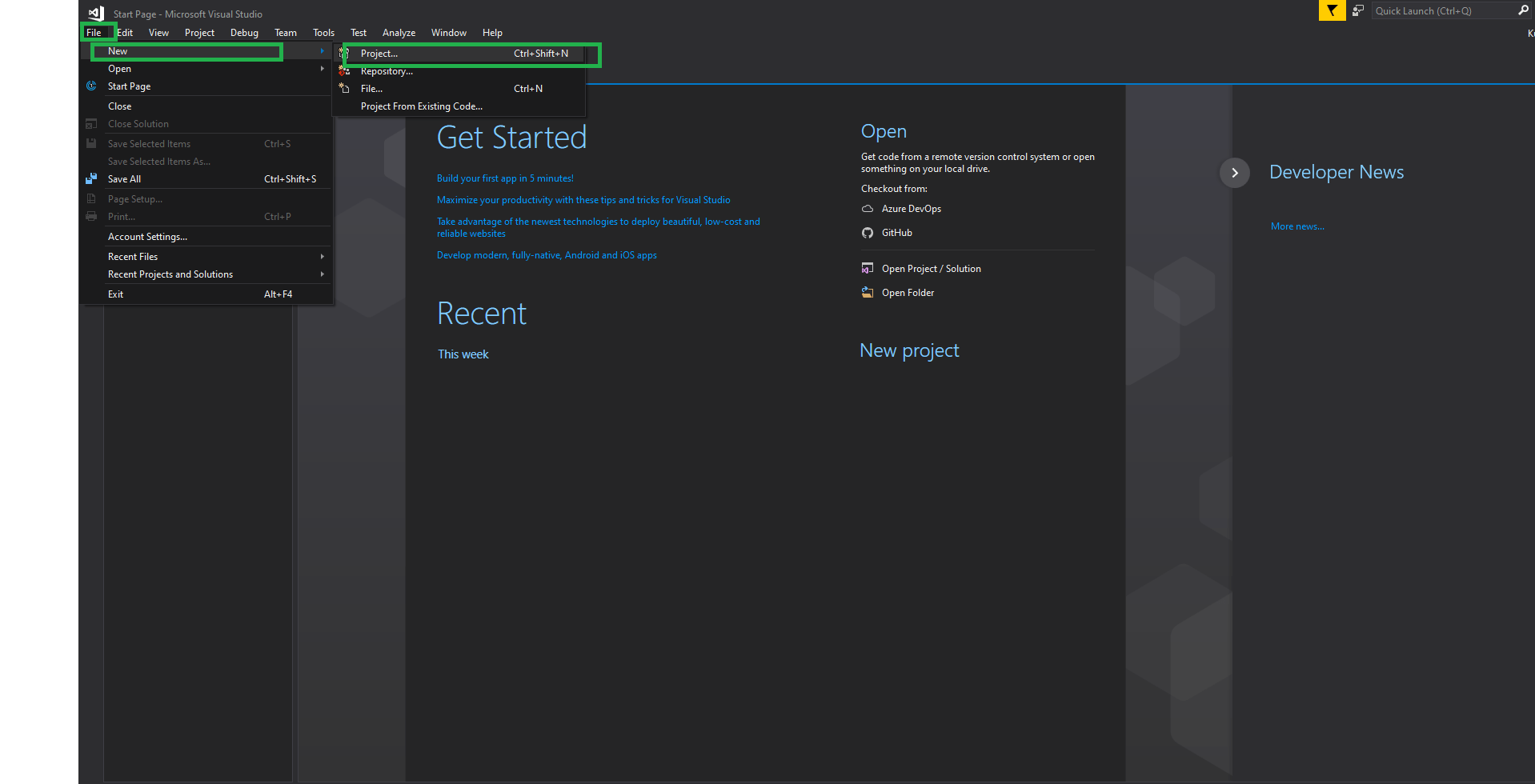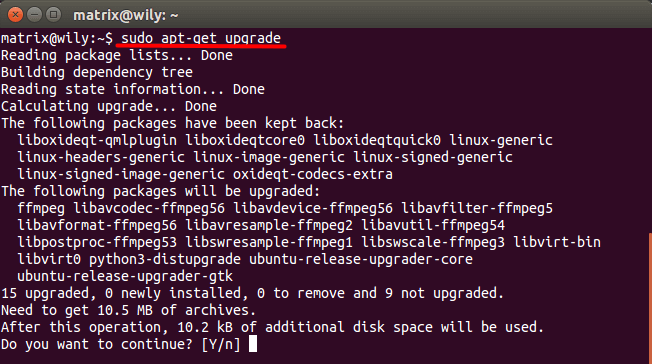Retrieve SSIS Projects: Unlocking the Power of ISPAC

In the realm of data integration and management, the Microsoft SQL Server Integration Services (SSIS) platform has long been a stalwart tool for developers and data professionals. One of the most notable features of SSIS is its ability to manage and deploy projects through the use of ISPAC files, which are integral to the successful execution of SSIS projects.
This article aims to delve deep into the world of SSIS and ISPAC, exploring their capabilities, benefits, and best practices. By the end, you should have a comprehensive understanding of how to leverage ISPAC to streamline your SSIS projects and maximize their potential.
Understanding SSIS and Its Role in Data Integration

SSIS is a powerful component of Microsoft’s SQL Server ecosystem, specifically designed for data integration tasks. It provides a rich set of tools and a graphical interface to create and manage data workflows, making it an accessible and efficient solution for a wide range of data integration needs.
SSIS projects are the backbone of any data integration initiative, encompassing a series of tasks, data flows, and configurations that define the specific actions required to move, transform, and load data. These projects are essential for maintaining data consistency, integrity, and accuracy across various systems and databases.
The Role of ISPAC: A Deep Dive

ISPAC, or Integration Services Package, is a file format used to package and deploy SSIS projects. These files are crucial for version control, deployment, and distribution of SSIS projects, ensuring that the correct packages are deployed to the right environments at the right time.
An ISPAC file is essentially a compressed package that contains all the components of an SSIS project, including the control flow, data flow, connection managers, and configuration settings. This packaging approach offers several advantages, such as:
- Compactness: ISPAC files are highly compressed, making them efficient for storage and transfer.
- Version Control: They enable easy version management, allowing developers to track changes and roll back to previous versions if needed.
- Deployment Flexibility: ISPAC files can be deployed to different environments, such as development, testing, and production, ensuring consistent and reliable deployments.
- Security: They can be encrypted, adding an extra layer of security to protect sensitive data and configurations.
Creating and Managing ISPAC Files
Creating an ISPAC file is a straightforward process within the SSIS environment. Developers can use the “Build Package” feature to generate the ISPAC, which can then be saved and deployed as needed. The process involves selecting the project and specifying the output location for the ISPAC file.
Managing ISPAC files is equally simple. The SSIS environment provides a dedicated "Package Deployment Wizard" that guides users through the deployment process, allowing them to select the ISPAC file, choose the target server, and configure deployment settings.
Advanced ISPAC Techniques
While the basic functionality of ISPAC is straightforward, there are advanced techniques that can enhance its effectiveness.
For instance, ISPAC files can be signed using digital certificates, adding an extra layer of security and authenticity. This ensures that only trusted and authorized packages are deployed, reducing the risk of unauthorized modifications or malicious attacks.
Additionally, ISPAC files can be integrated with version control systems like Git, allowing for collaborative development and a robust change management process. This integration ensures that the latest changes are reflected in the ISPAC files, maintaining consistency across the development team.
Best Practices for Using ISPAC in SSIS Projects
To ensure that ISPAC files are used effectively and efficiently in SSIS projects, several best practices should be followed:
- Centralized Storage: Store ISPAC files in a central location, preferably on a version control system, to ensure easy access and version management.
- Encryption: Consider encrypting ISPAC files, especially if they contain sensitive data or configurations, to enhance security.
- Automated Deployment: Implement automated deployment processes using tools like Azure DevOps or Jenkins to streamline the deployment of ISPAC files.
- Regular Backups: Regularly back up ISPAC files to ensure data integrity and to facilitate disaster recovery.
- Documentation: Maintain detailed documentation for each ISPAC file, including its purpose, version history, and any specific deployment instructions.
ISPAC and Continuous Integration/Continuous Deployment (CI/CD)
In today’s fast-paced development environment, continuous integration and continuous deployment (CI/CD) are essential for maintaining agility and efficiency. ISPAC files play a crucial role in facilitating CI/CD practices for SSIS projects.
By integrating ISPAC files with CI/CD pipelines, developers can automate the build, test, and deployment processes for SSIS projects. This integration ensures that SSIS packages are built, tested, and deployed seamlessly as part of the overall software development lifecycle.
Performance Analysis and Optimization of SSIS Projects
To ensure that SSIS projects run efficiently and effectively, performance analysis and optimization are crucial. This involves a thorough understanding of the project’s data flows, transformations, and execution plans.
Monitoring and Tuning SSIS Projects
Monitoring SSIS projects is essential for identifying bottlenecks, performance issues, and potential errors. This can be achieved through various tools and techniques, such as:
- Performance Counters: SSIS provides a set of performance counters that can be used to monitor the performance of packages, components, and tasks.
- Execution Logs: Enabling logging for SSIS projects can provide valuable insights into the execution process, including any errors or warnings that occur.
- Package Tracing: Package tracing allows developers to track the execution of a package, capturing detailed information about each step.
Once performance issues are identified, optimization techniques can be applied to improve the project's efficiency. This may involve tuning the data flows, optimizing the execution plan, or even re-architecting certain parts of the project.
Advanced Optimization Techniques
For more complex or performance-critical SSIS projects, advanced optimization techniques can be employed. These techniques often involve leveraging the power of the underlying SQL Server platform and its advanced features.
For example, using SQL Server's query optimizer to analyze and optimize data flows can lead to significant performance gains. Additionally, integrating SSIS with other SQL Server components, such as the Database Engine or Analysis Services, can unlock new optimization opportunities.
Future Implications and Advancements in SSIS

As data integration needs continue to evolve, SSIS and ISPAC are poised to adapt and advance to meet these new challenges.
Cloud Integration and Hybrid Scenarios
With the increasing shift towards cloud-based solutions, SSIS is expected to enhance its cloud integration capabilities. This will enable seamless data integration between on-premises and cloud-based systems, opening up new possibilities for hybrid data workflows.
ISPAC files will play a crucial role in this integration, providing a consistent and reliable packaging format that can be deployed across different environments, whether on-premises or in the cloud.
AI and Machine Learning Integration
The integration of AI and machine learning techniques into SSIS projects is an exciting prospect. This could lead to intelligent data transformation and loading processes, where SSIS leverages machine learning models to make data-driven decisions during execution.
ISPAC files can be instrumental in this integration, serving as a container for these advanced algorithms and models, and ensuring that they are deployed and executed seamlessly as part of the SSIS project.
Enhanced Security and Compliance
With the ever-increasing focus on data security and compliance, SSIS and ISPAC will likely see advancements in these areas. This may include more robust encryption techniques, advanced access control mechanisms, and enhanced auditing capabilities to track and monitor data flows and transformations.
Conclusion
ISPAC files and SSIS projects are powerful tools for data integration, offering a wealth of capabilities and benefits. By understanding their role, functionality, and best practices, developers can leverage these tools to create efficient, reliable, and secure data workflows.
As data integration needs evolve, SSIS and ISPAC will continue to adapt and advance, ensuring that they remain at the forefront of data integration technology.
What are some common challenges faced when working with SSIS projects and how can ISPAC help overcome them?
+Common challenges in SSIS projects include version control, deployment consistency, and security. ISPAC helps overcome these challenges by providing a standardized packaging format that ensures consistent deployments and easy version management. Additionally, ISPAC files can be encrypted, adding an extra layer of security to protect sensitive data and configurations.
How can developers ensure the integrity and security of ISPAC files during deployment and distribution?
+Developers can ensure the integrity and security of ISPAC files by implementing a combination of measures. This includes using digital signatures to verify the authenticity of the files, encrypting the files to protect sensitive data, and integrating ISPAC files with version control systems to maintain a detailed change history. Additionally, implementing strong access control mechanisms can prevent unauthorized access and modifications.
What are some advanced optimization techniques that can be employed for SSIS projects, and how do they impact performance?
+Advanced optimization techniques for SSIS projects can include leveraging the power of the underlying SQL Server platform, such as using query optimization to analyze and optimize data flows. Additionally, integrating SSIS with other SQL Server components like the Database Engine or Analysis Services can unlock new optimization opportunities. These techniques can lead to significant performance gains, making SSIS projects more efficient and effective.



